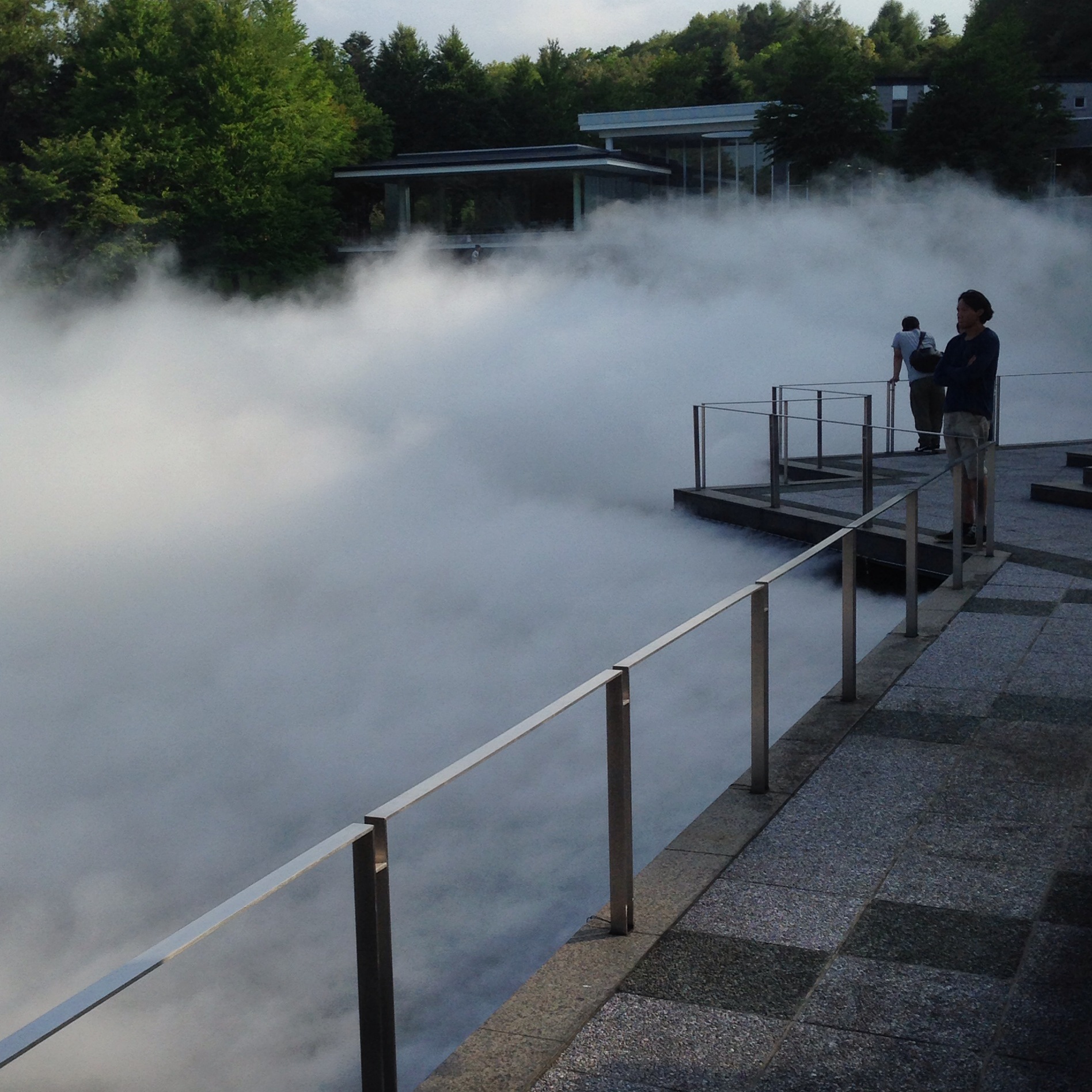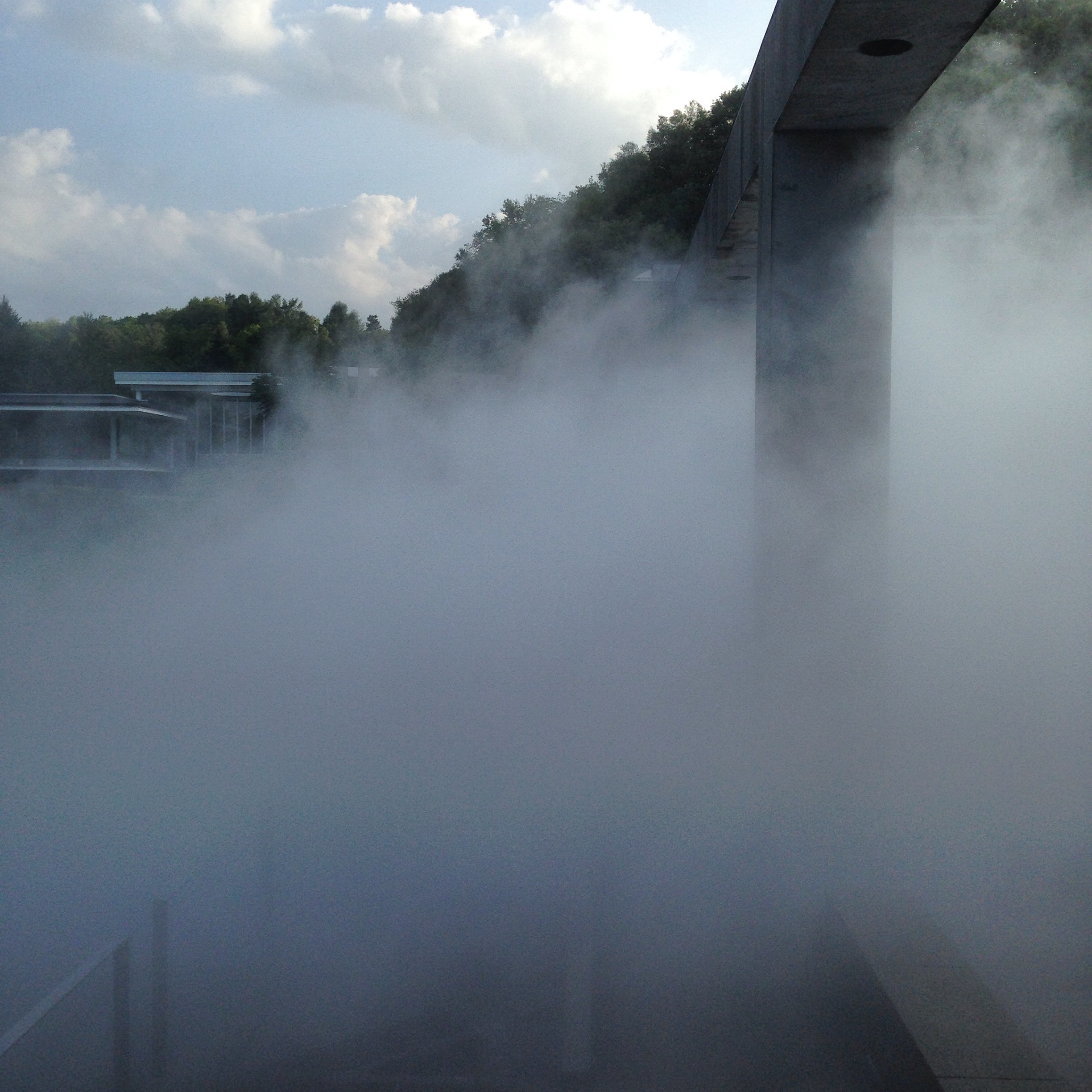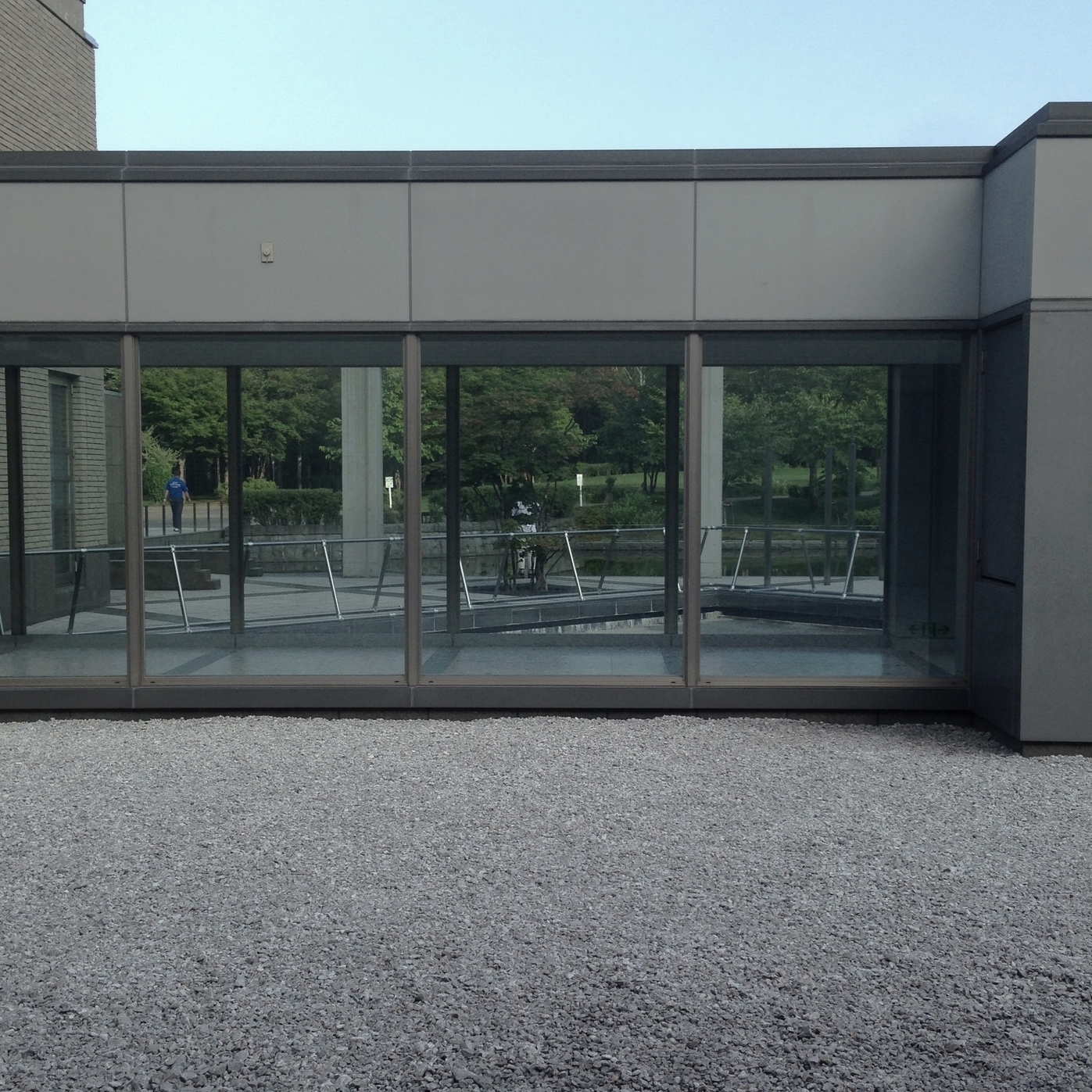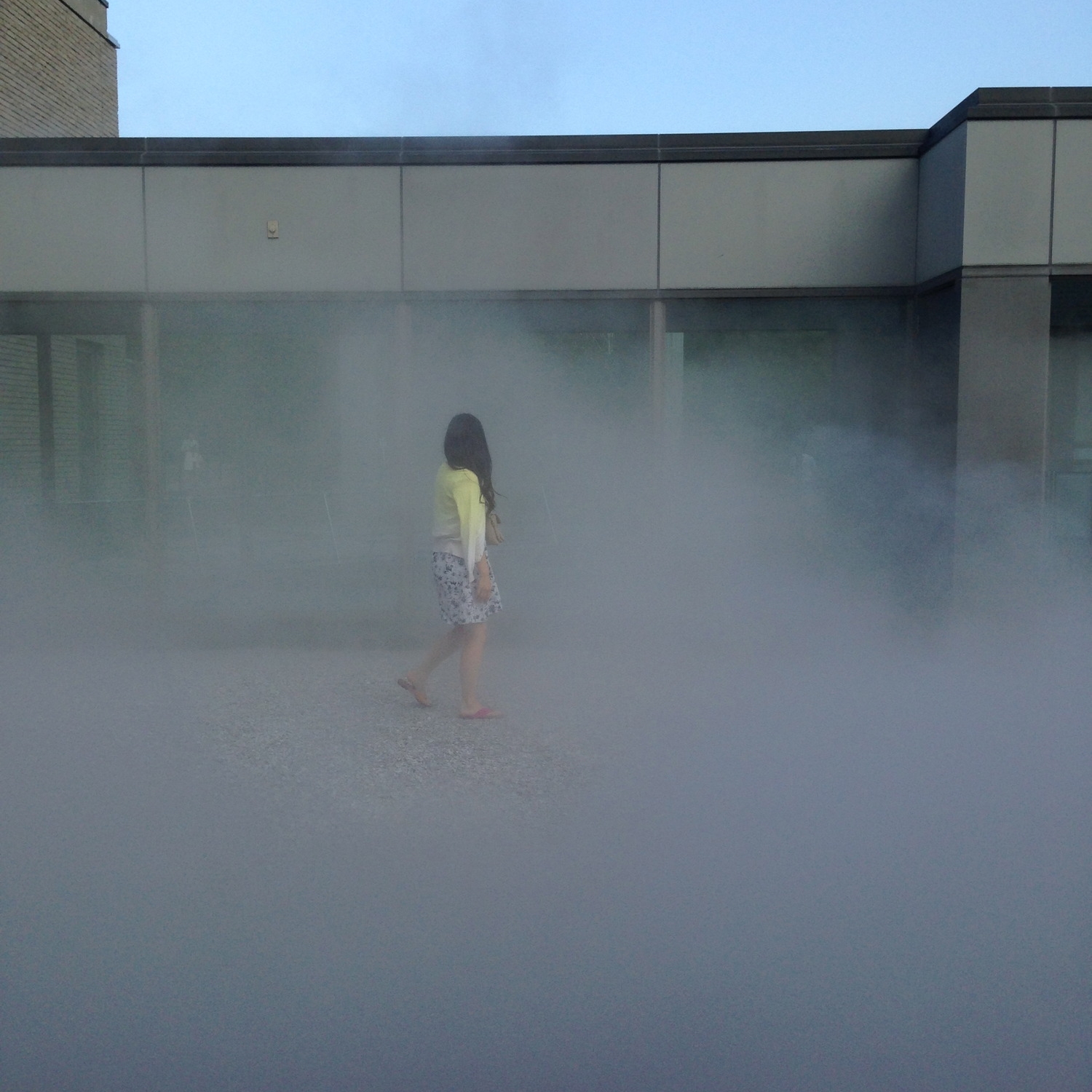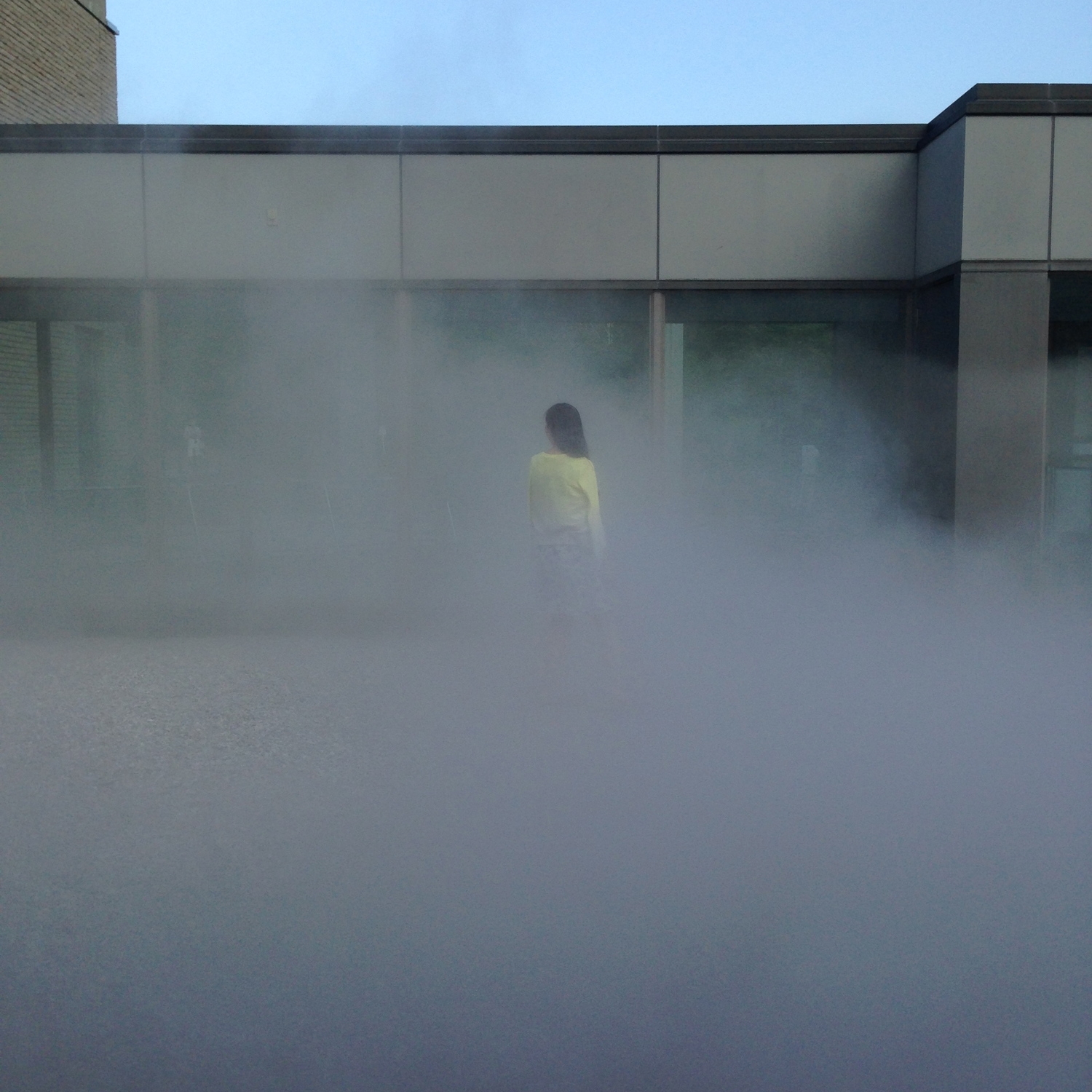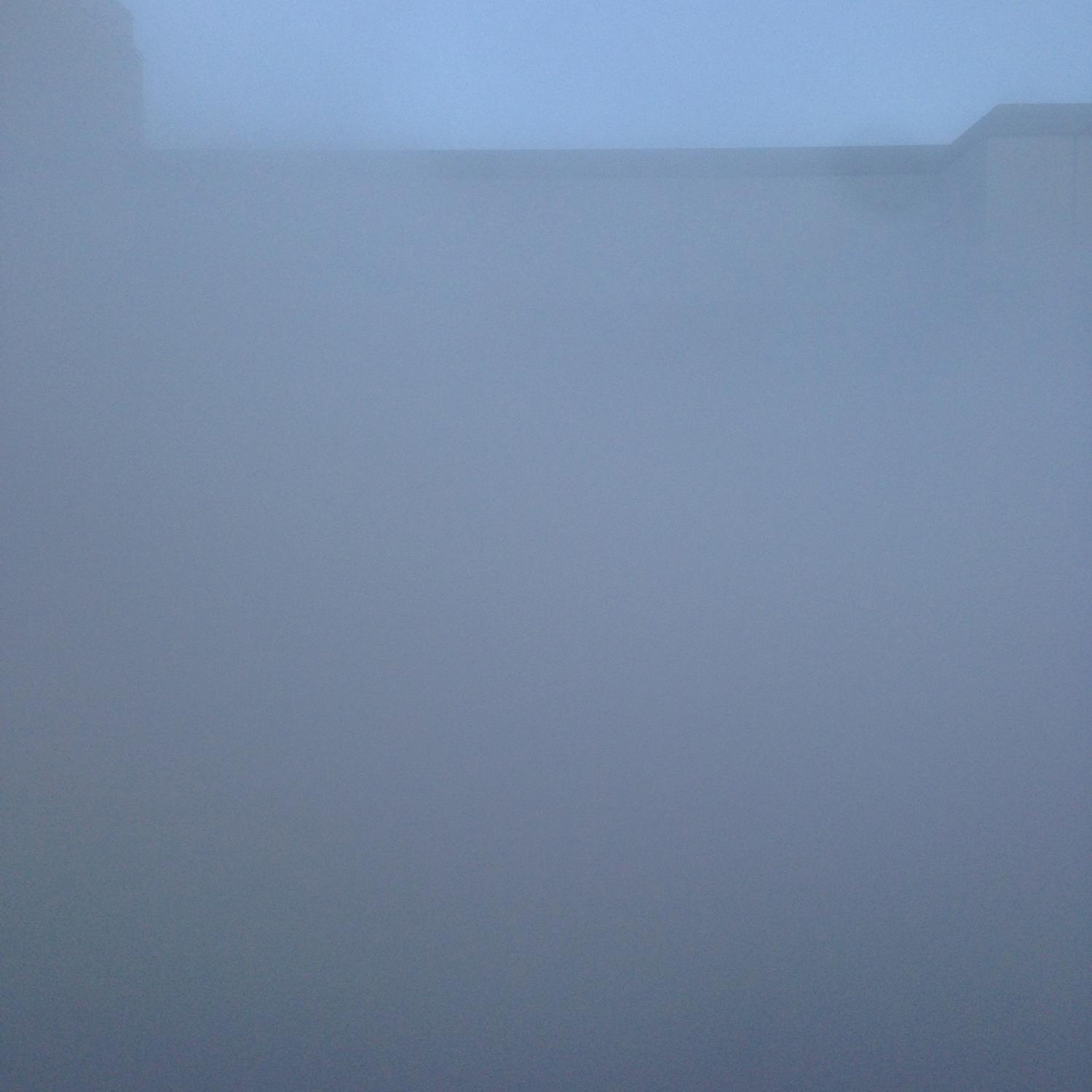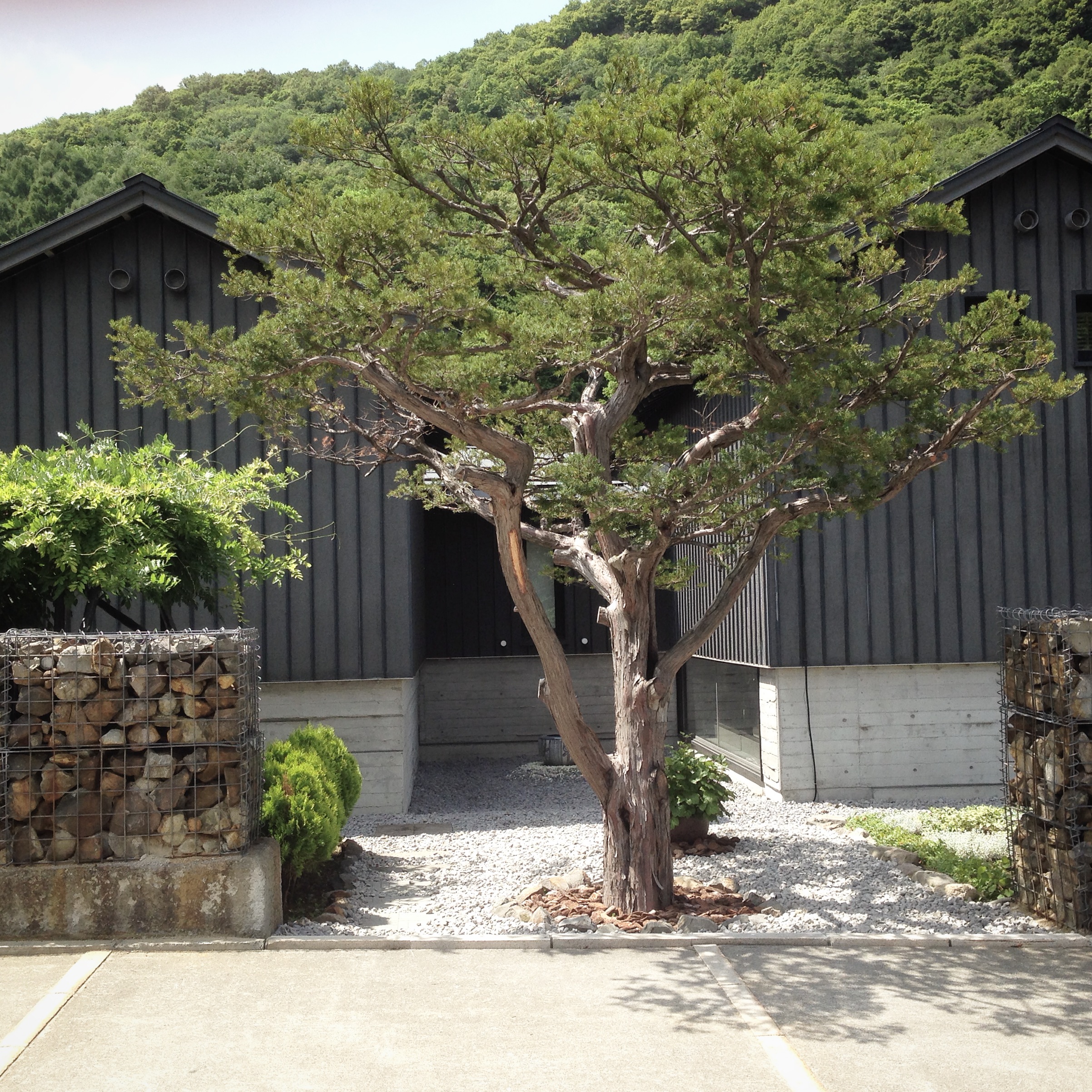Stylishly packaged Hokkaido souvenirs
blog: design, place, people
Explore Niseko and beyond with us. [Photos © Sanctuary Niseko unless stated otherwise]
Hirafu Matsuri 22 August 2015
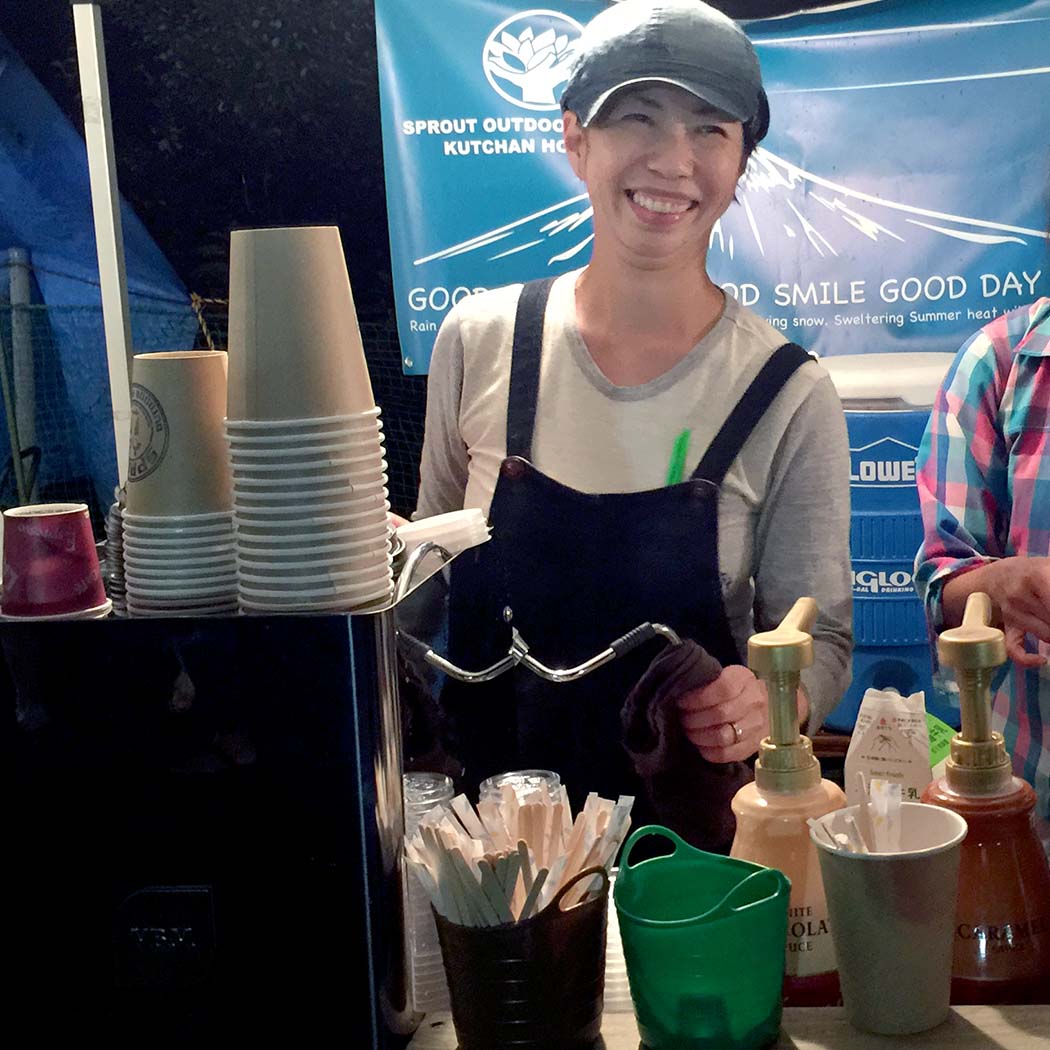
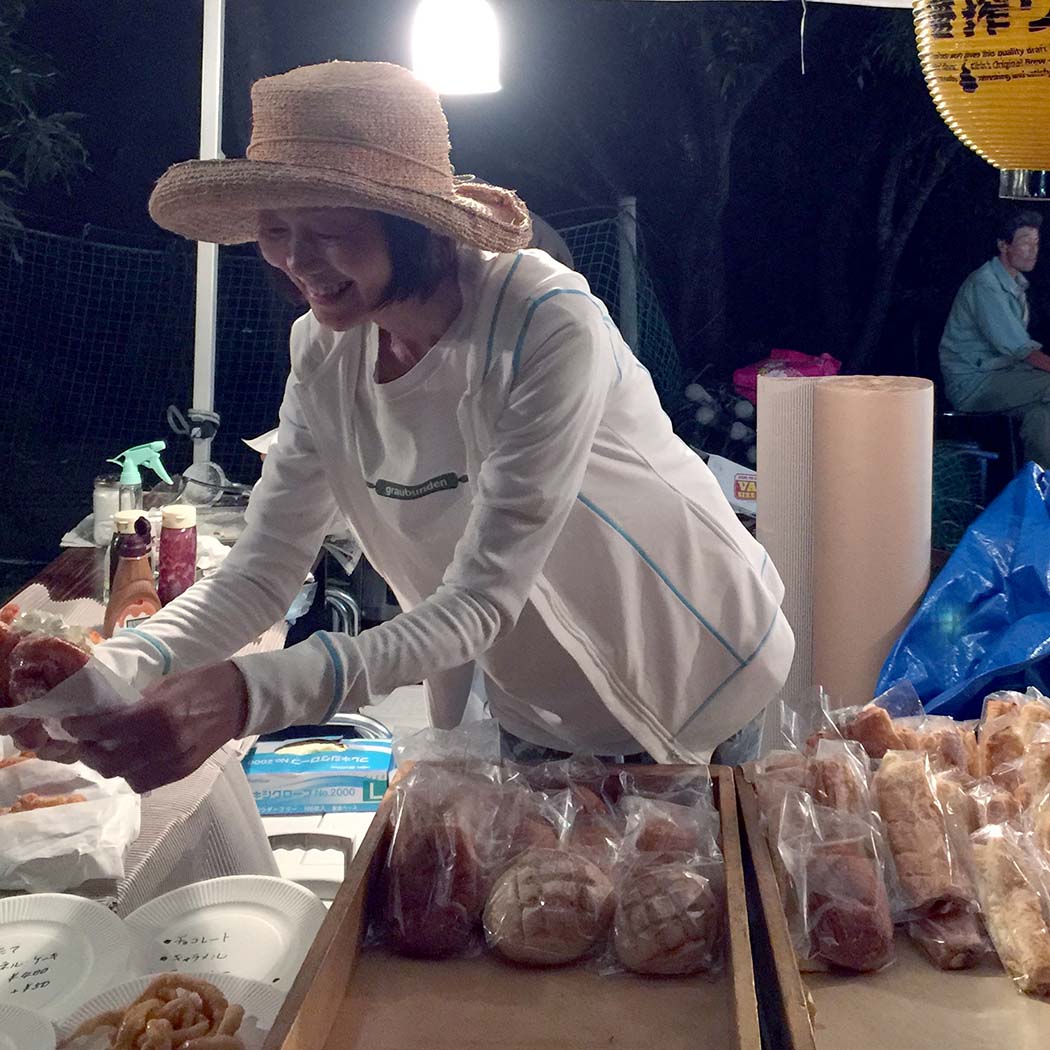
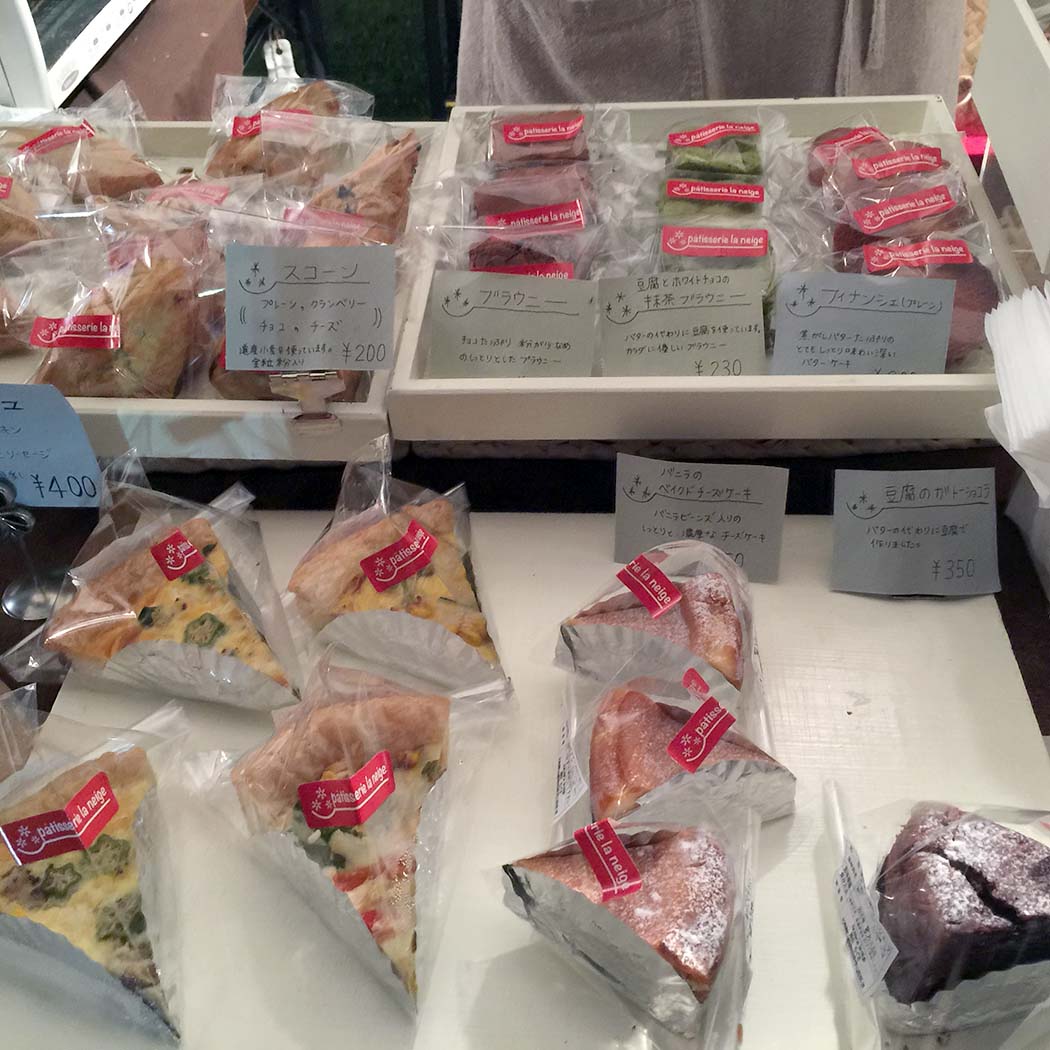
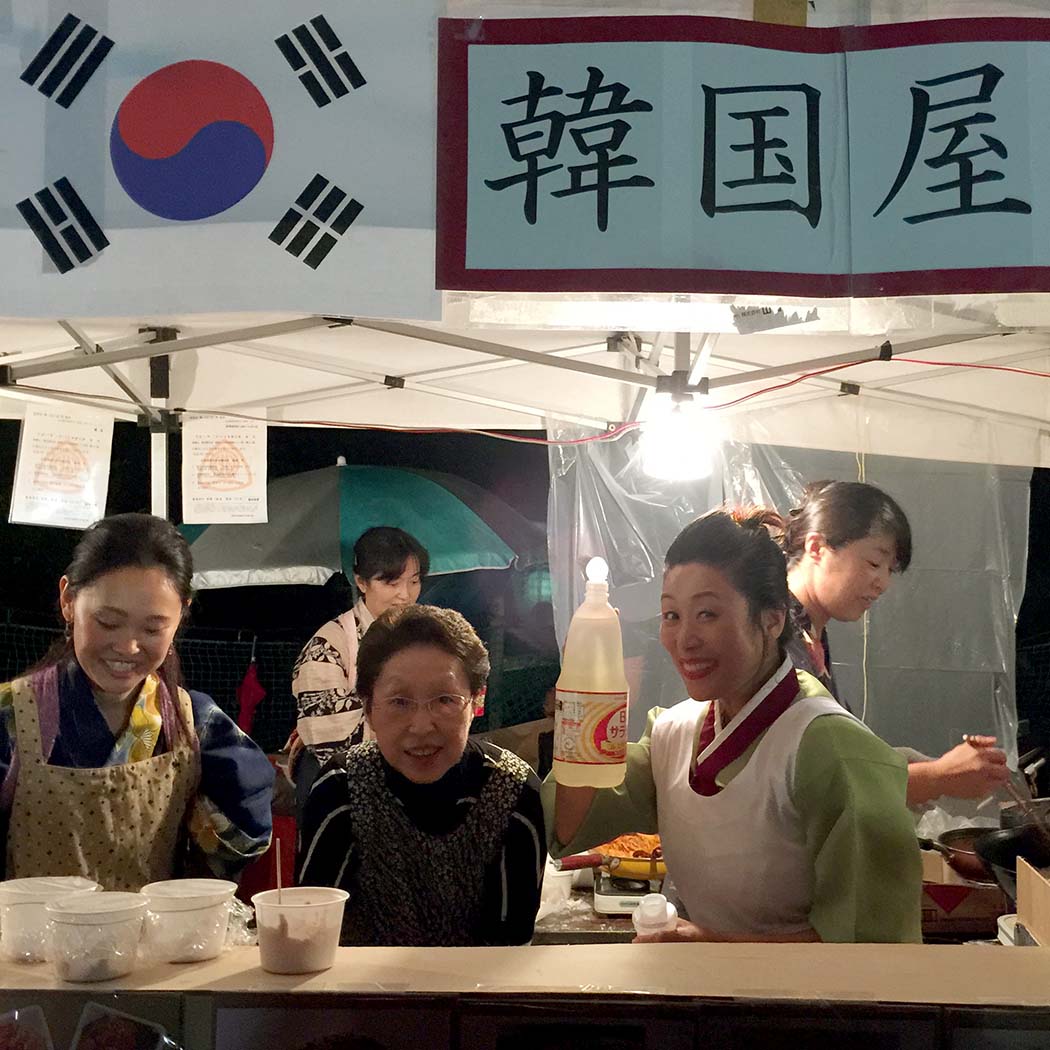
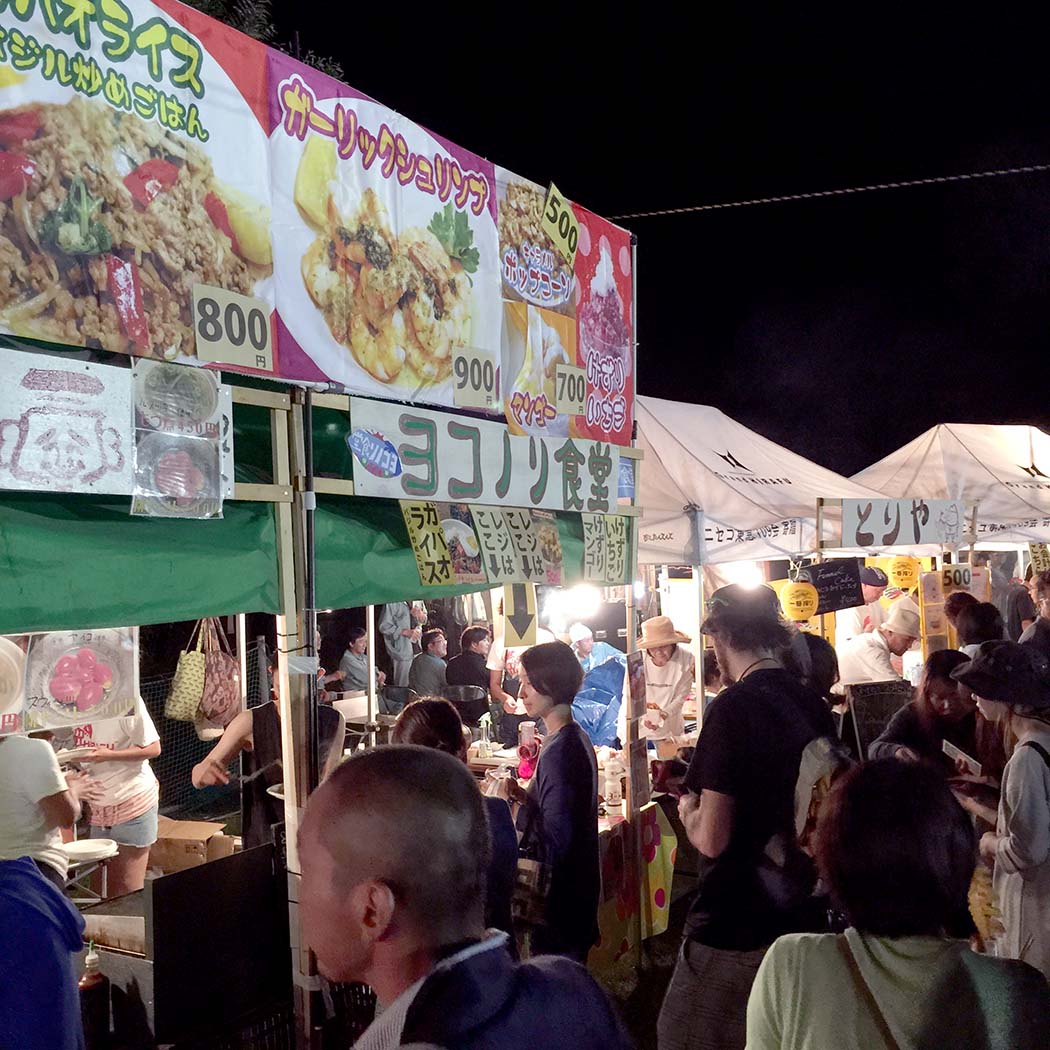
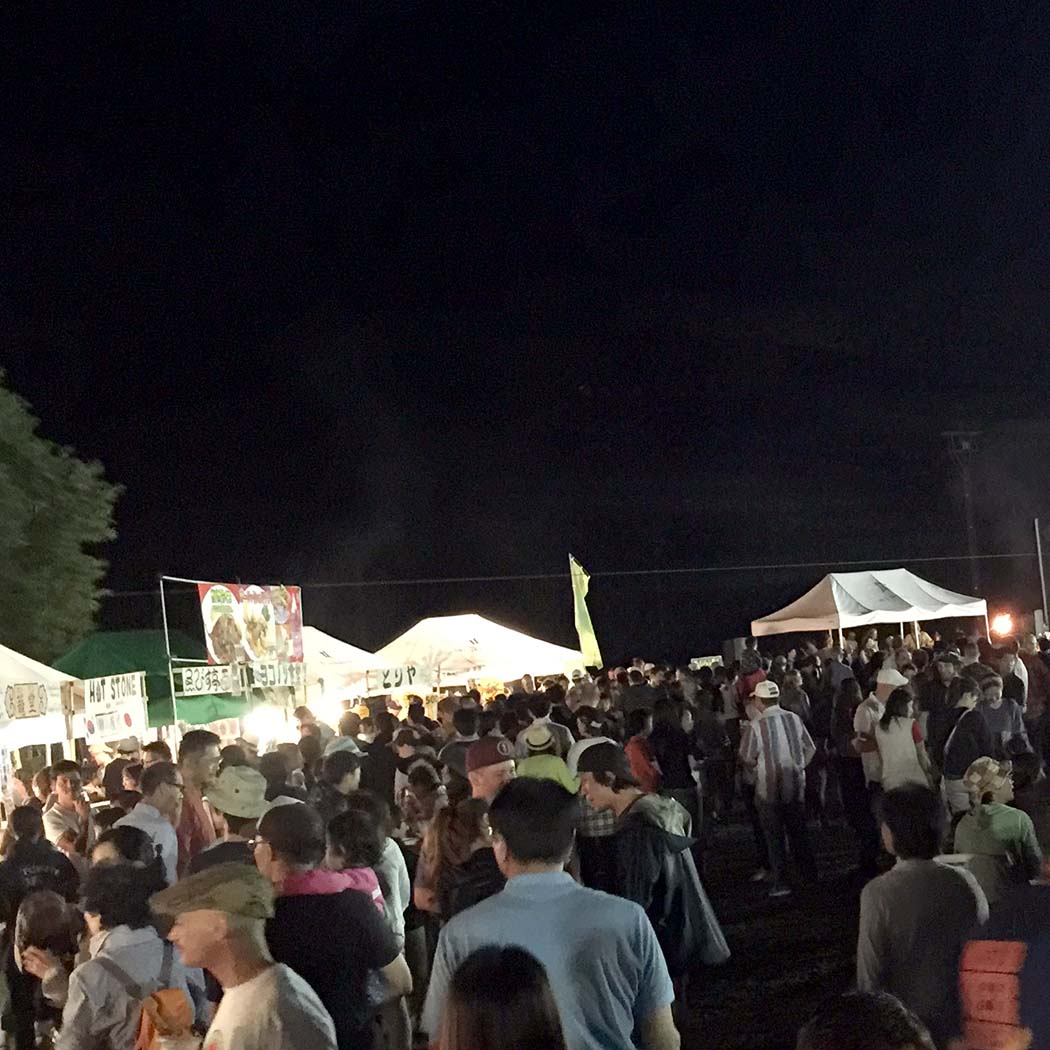
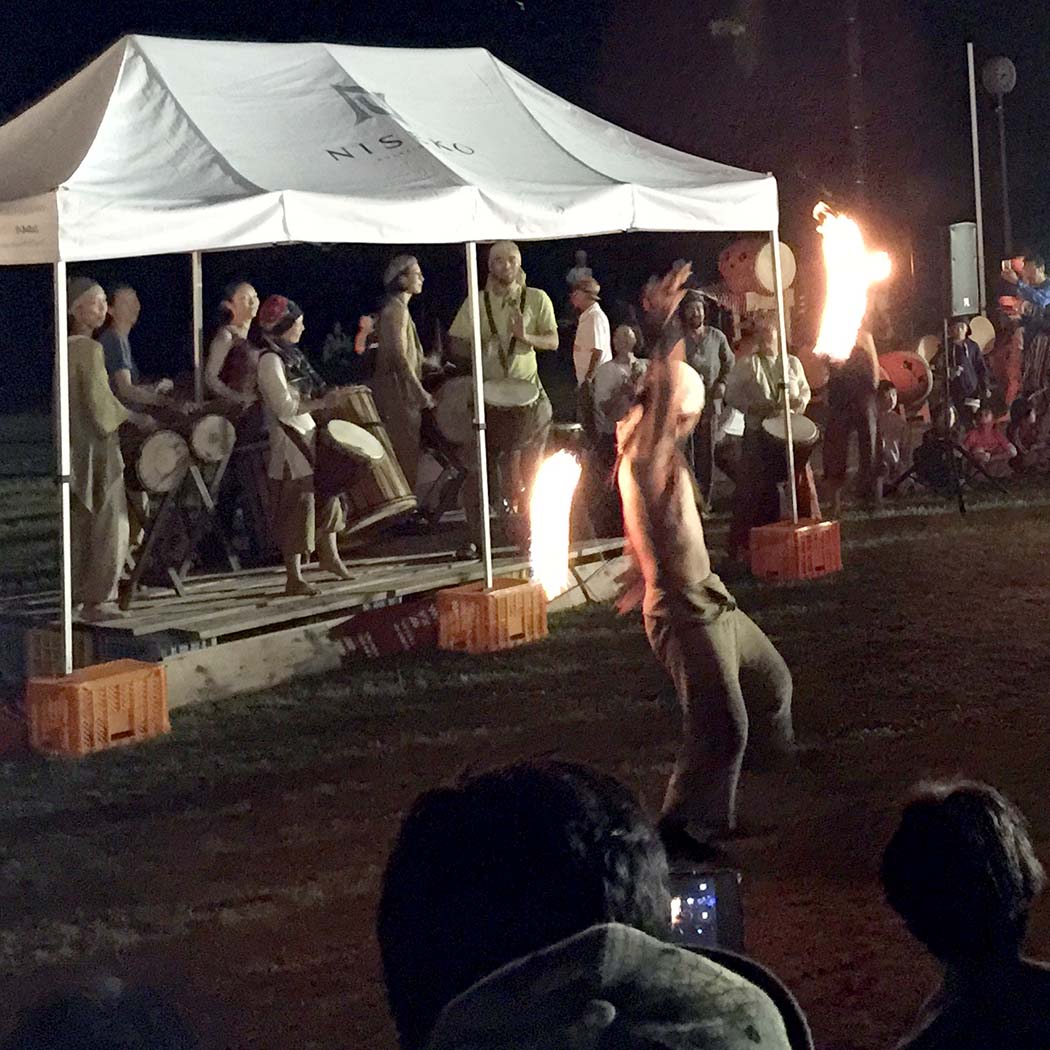
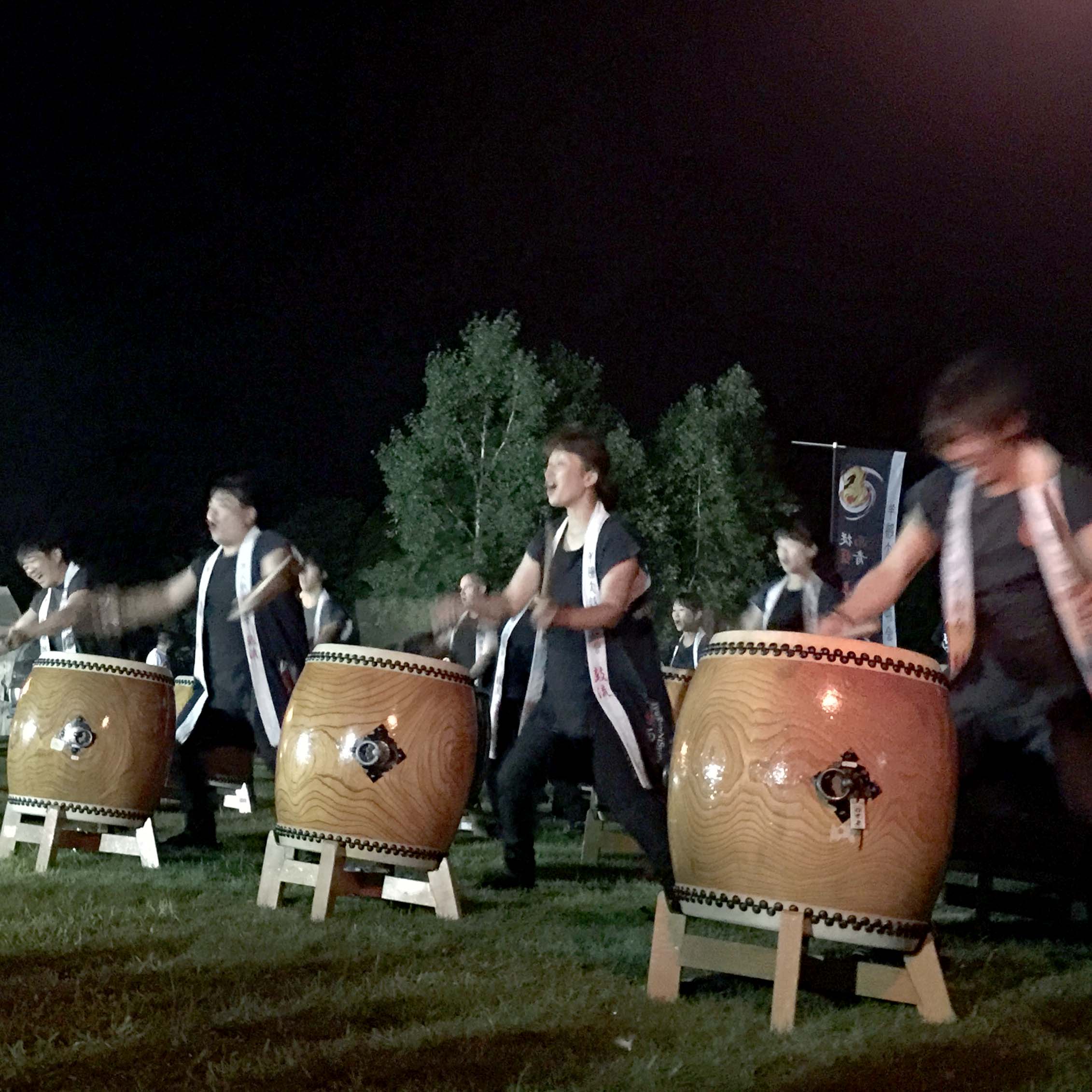
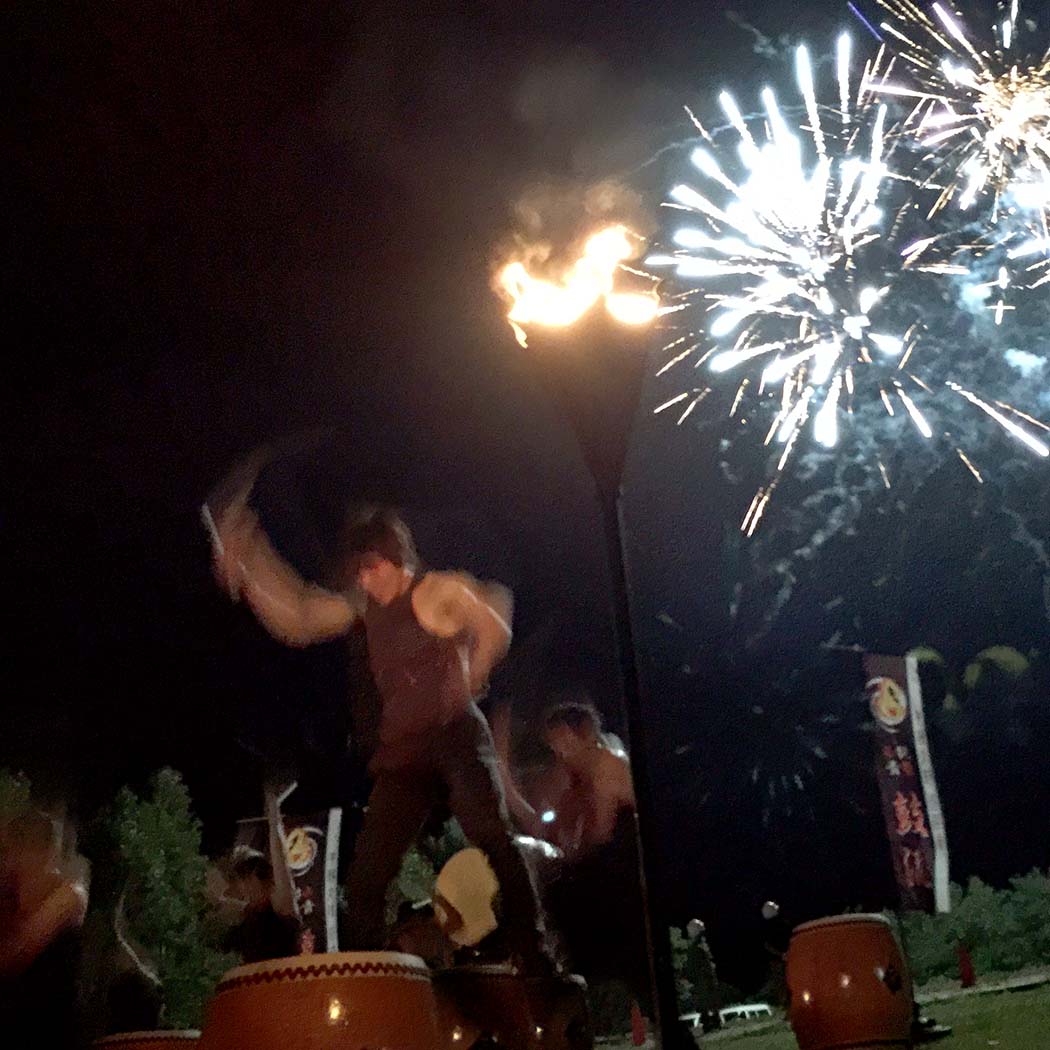
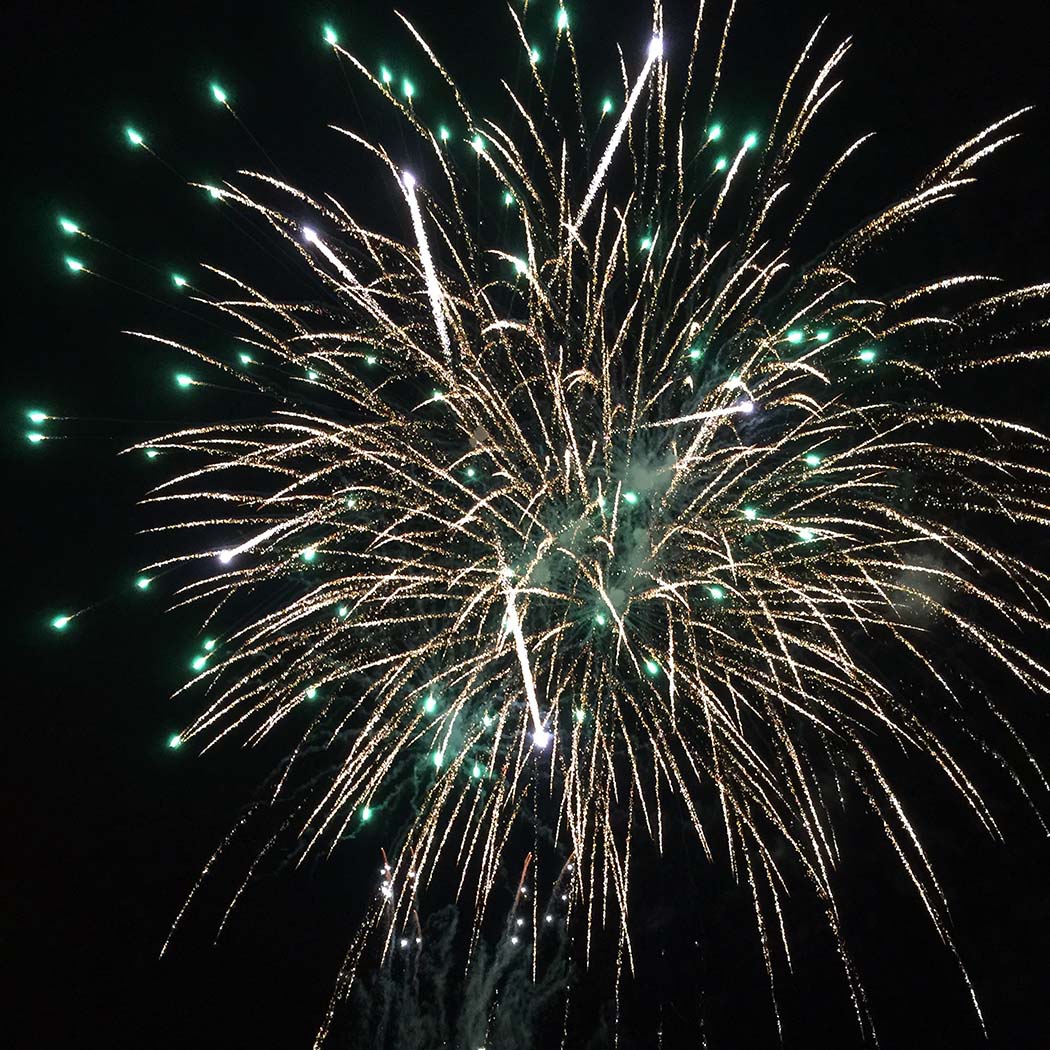
Chocolatier Masale, Sapporo
Chocolate Masale cafe and shop is located in a beautiful urban garden setting in Sapporo. Here you can have a selection of cakes, pastries, ice cream, coffee and, of course, a taste of their famous chocolates.
Address: South 11, West 18-1-3, Chuo Ward, Sapporo City
www.masale.jp
Kutchan Jaga Matsuri 1-2 August 2015





Miyakoshiya Coffee, Maruyama Park, Sapporo
We can't get enough of these quaint coffee houses in Sapporo where we can get good coffee, and a space to unwind and relax to great classical jazz. These traditional coffee houses often exude a stylish air, and the coffee cup that your coffee's served in is usually vintage. Smoking is allowed – and you often find yourself surrounded by chain smoking socialites and fashionistas in the afternoons, and after office crowds meeting up for a shot of whiskey in the evenings. Miyakoshiya Coffee at Maruyama Park is quite an icon in this area - it's just next to a chapel and within walking distance to the park itself.
www.miyakoshiya-coffee.co.jp
South 2 West 28, Chuo-Ku , Sapporo
Opening hours 10:00AM to 12 Midnight
Be amongst the trees - Maruyama Park, Sapporo
Pagliacci cafe, Mt Moiwa, Sapporo
Great ambience, great music, great coffee, great hideaway here at Pagliacci.





Let's take a side track and go somewhere for the first time today
Hirafu Station, Kabayama, Niseko
A Dose of City Life - Sapporo
Beautiful light and details
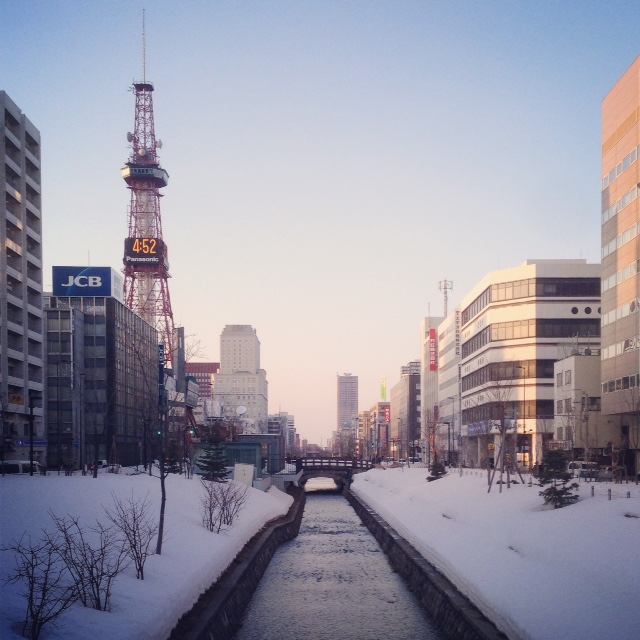

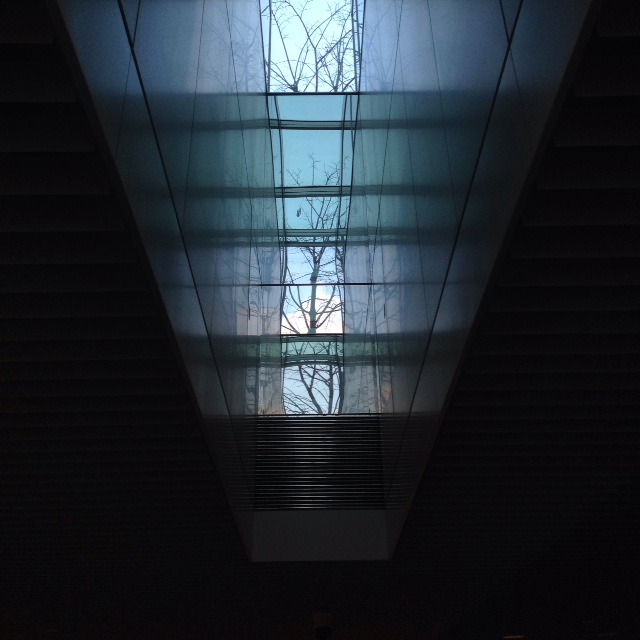
Fine Art of Coffee at Japonica Syphon Coffee Bar
Meet Kayo from Japonica Niseko Syphon Coffee Bar. Kayo and her team serve the best and finest syphon brewed coffee in Niseko, as well as a range of the best Japanese Whiskies by Shiki's cosy fireplace.
japonicaniseko.com
Perfect Combination: Mountain, Ski +Coffee - The Day Cafe, Grand Hirafu
Lovely mountain ski cafe just by the Grand HIrafu Welcome Centre. Perfect stop for a cuppa and a homemade oatmeal bar.




Bar the ICE, Niseko (2014/15)
Located diagonally across the Grand Hirafu Welcome Centre, the famed Bar the ICE (or more commonly referred to as 'The Ice Bar Niseko') is a rather out-of-the-norm magical ice cavern, with an equally unusual sounding name. Its name 'Bar the ICE' – almost a playful disjuncture in itself – is an intended spin on the traditionally known 'Ice Bars'. It tilts the visitor's expectations of space and prepares the visitor for an unforgettable experience within. Started 10 years ago, Bar the ICE is an ongoing art project conceived by owner and ice sculptor Takenaka Hirohiko to bring to Niseko a unique winter-ice sculpture/bar that serves delicious cocktails, whisky and sake in a space entirely sculpted in ice every winter. The ice bar provides a special spatial experience that is meant to tease and inspire, to allow visitors to be part of the beauty of the multi-dimensional space, as well as to partake in the organically evolving space of nature.








Do check out the ethereal qualities of this labyrinthine ice cave, and while you are here, have some butterscotch baileys, hot liquor coffee or a shot of Japanese whisky to 'live' music performances on some evenings. This year's Bar The Ice art project is created by owner Takenaka Hirohiko, his team of sculptors and artisans Kanako Ueno, Arthur Eguchi, Dada Kashani, his 8-year old son Bodai, as well as all its visitors.
Bar the ICE 2014/15: Hirafu Zaka, Aza Yamada, Kutchan-cho, Hokkaido (Opposite the Grand Hirafu Welcome Centre)
Opening hours: 3pm to 9pm daily (depending on the weather conditions), December 2014 to mid-March 2015
See also, Hiro of the Ice Bar: Interview with Takenaka Hirohiko, Owner, Bar the ICE Niseko
+++
Hiro of the ice bar: Interview with Takenaka Hirohiko, owner, Bar the ICE Niseko

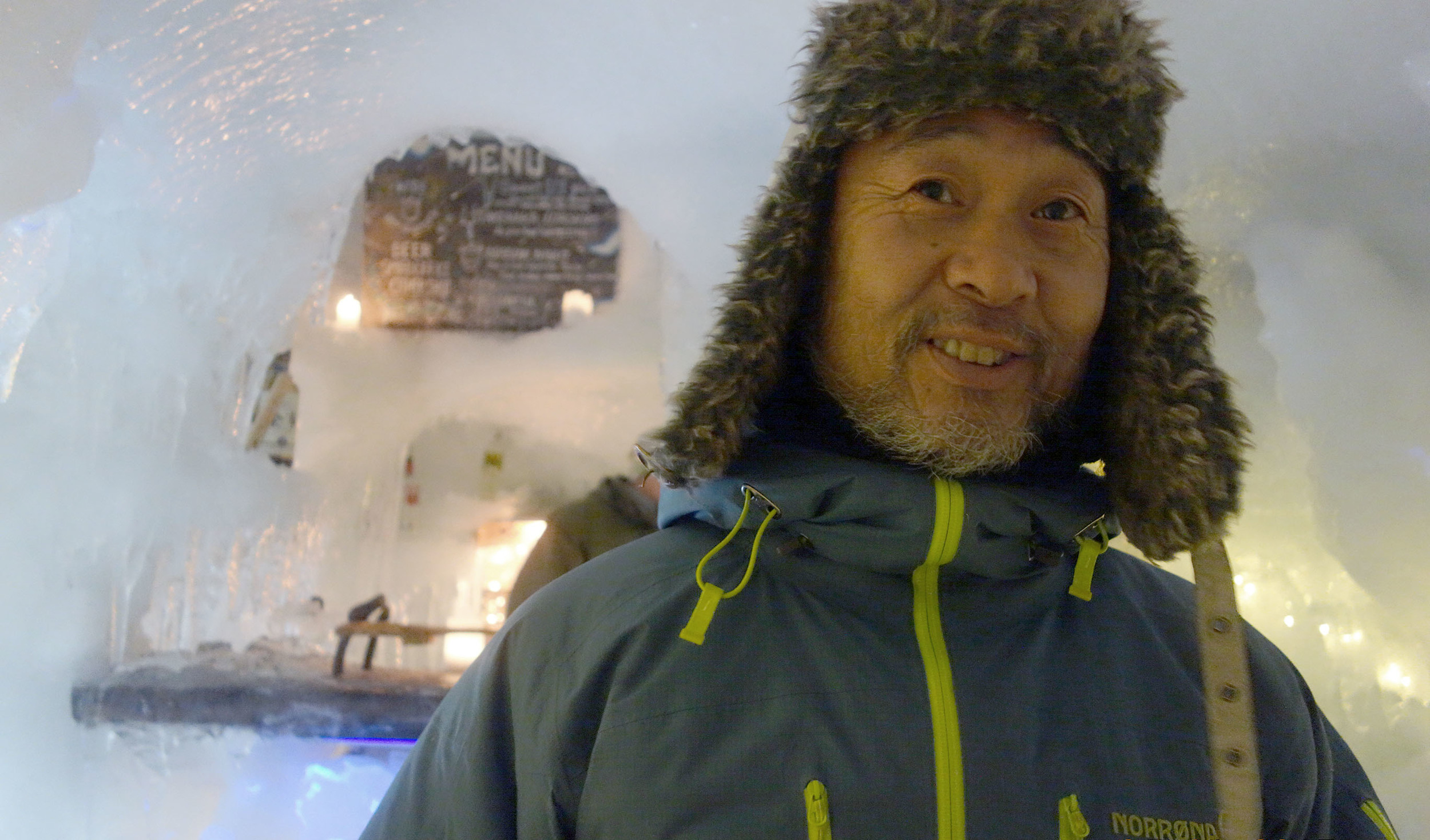
Sanctuary Niseko (SN): Tell us about Bar the ICE art project.
Takenaka Hirohiko (TH): Bar the ICE is a world made of frozen water. I want to show the natural beauty of Niseko, and help connect people with nature. This is our 10th ice bar. We started the ice bar project 10 years ago. We have come a long way. Every year, it’s always something new, something different. We grow and learn, and each year, different things inspire me. Right now, I have no idea what next year’s ice bar is going to be like.
SN: How did you create this ice bar?
TH: I created the ice bar without 'thought' – it was built by just simply making and being. The process of creating with and without 'thought' is not the same. Thinking is good, but thinking only produces images. The making of the ice bar was a spontaneous and organic process. I could say that it was created from the ‘heart’. Every visitor is also part of its creation, as the moisture of the breath shapes the internal form. The form of the ice bar changes from day to day. The bar melts a little and its shape changes when the sun is up and the temperature rises. My team and I have to sculpt and re-sculpt it every day. Every night, we add water to the framework and let it freeze overnight. In the morning, we check it for safety and sculpt the spaces within. Every year, I incorporate new techniques and inspirations into the making of the ice bar. This year’s expression is different from last year’s, and the year before. Like nature, we grow and evolve.
SN: How do you feel about the space?
TH: My focus is on ice as my main material. The single snowflake is one of nature’s purest designs, created midway between the sky and earth. It is entirely created by nature. A single snowflake is made of dust particles in the air and frozen water. Just like human beings, every snowflake is unique. No two snowflakes are alike. To build using ice and a framework creates a very unique architectural space that is very close to nature.
SN: What do you want people to experience in the ice bar?
TH: I hope that people will just enjoy the space, and hopefully form a connection with it. There’s no need to study or understand it, but simply to feel it from the heart. This connection is important, as it helps us understand nature and life.
SN: Last but not least, tell us a little about yourself.
TH: My name is Takenaka Hirohiko, but everyone calls me 'Hiro'. Even my children call me 'Hiro', not 'daddy'. Why? Because I am only human. I am living life my way. Everyone has his/her own destiny. My life’s philosophy is to not to accumulate [things] but only to create good memories for the future. I hope that I’m able to help people form a connection with nature, to assist nature and to be able to give back in some ways.
SN: Thank you very much Hiro-san.
+++
A Day at Hakodate Bay
Bourou Noguchi, Noboribetsu
Bourou Noguchi, Noboribetsu is a stylish boutique hotel in the little town of Noboribetsu, in the southwestern part of Hokkaido that is famous for its hot spring baths. A collaboration between sculptor Igarashi Takenobu, architect Makoto Nakayama, and under the management of Noguchi Hideo, Bourou Noguchi is an exquisite retreat that offers private onsens in every suite and a delectablekaseiki menu that features the best local seasonal ingredients.
While the exterior is dignified yet simple, the hotel's interior is strikingly modern and beautiful that marries the visual with the sublime. The emphasis is not about the materials used, but the textural and spatial experience that have been created from them. The spaces are masterfully crafted with every detail delicately sculpted and every movement choreographed to offer an unforgettable architectural experience that completely engages the body and the senses. The ambience exudes a semi-meditative state of calm with dim, indirect lighting that cast deep shadows, and low strips of windows that reveal the beauty of art and nature beyond that invite the guest to soften and lower the gaze, and to reflect the external world onto the world within.
Un-Hokkaido-Hokkaido
Our collection of strange but fascinating places in Hokkaido.




Niseko’s Rakuichi on the Ranks with the Best in the World – Soba Restaurant Rakuichi Invited by Rene Redzepi of NOMA Restaurant for the Opening Presentation at MAD4 Symposium in Copenhagen, Denmark
Soba restaurant Rakuichi from Niseko was invited by Rene Redzepi of the famed NOMA restaurant in Copenhagen to present at this year’s MAD4 Symposium held on 24 and 25 August 2014 in Copenhagen, Denmark. Hosted by Rene Redzepi and co-curated by Brazilian chef Alex Atala of D.O.M., this year’s MAD themed “What is Cooking?” focused on the fundamental aspects of cooking, as well as a back-to-basics reevaluation of what it means to cook for a profession.
Tatsuru Rai, owner and chef of Rakuichi, and his wife Midori kicked off the 2-day event with a 15-minute ‘live’ demonstration of the delicate craft in the making of soba – a performance that was described by online food blog ‘EATER’ as a "mesmerizing demo” of Rai-san’s soba making process. This year’s MAD Symposium presenters comprised celebrity chefs, writers, philosophers, historians, and museum curators, such as Alex Atala, Albert Adria, Julian Baggini, Massimo Bottura, and David Chang.
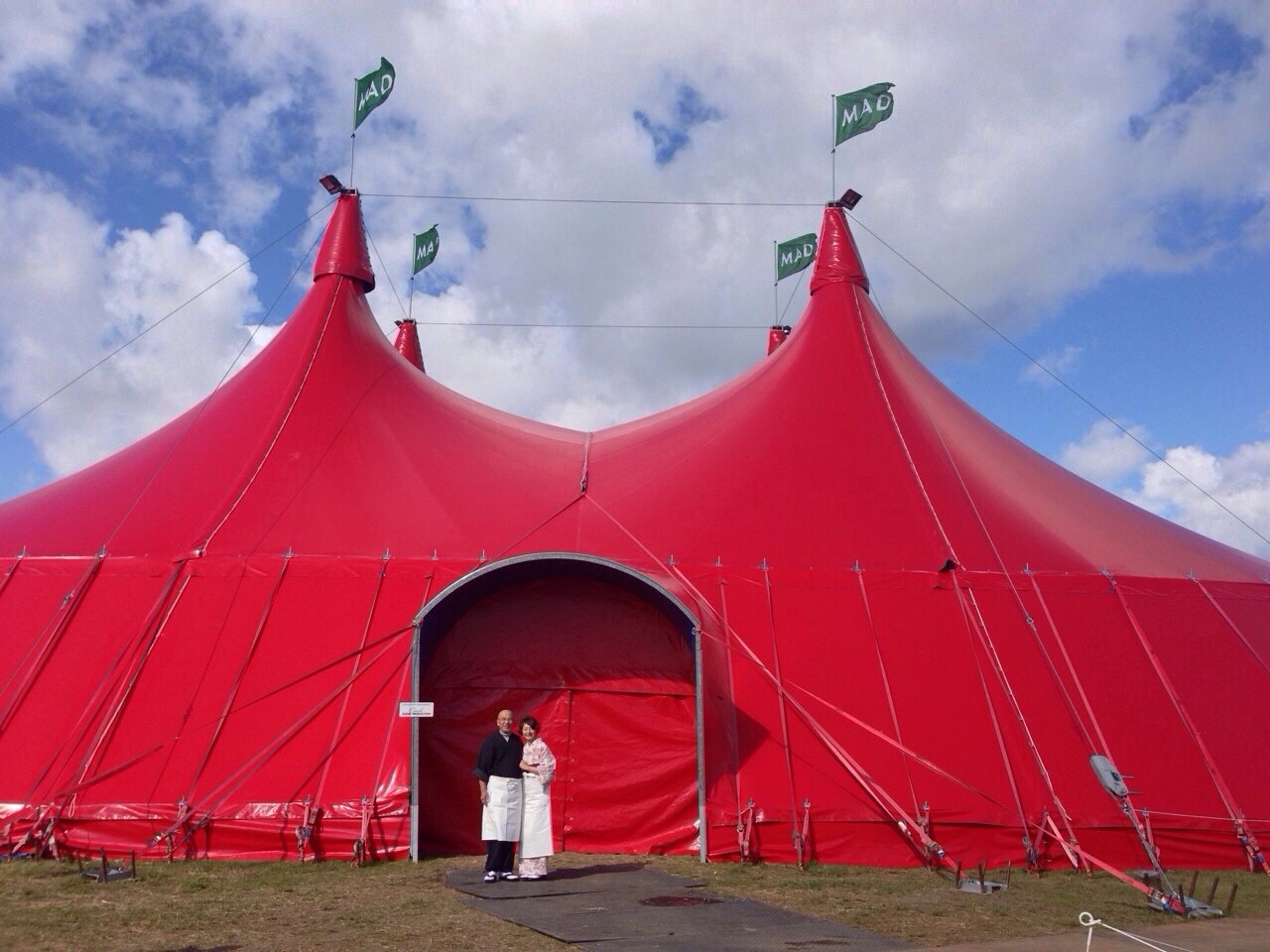



About NOMA - NOMA is a two Michelin star restaurant run by chef René Redzepi in Copenhagen, Denmark. Opened in 2003, the restaurant is known for its reinvention and interpretation of the Nordic Cuisine. In 2010, 2011, 2012 and 2014, it has been ranked as the Best Restaurant in the World by Restaurant magazine.
About MAD - Founded in 2011 by René Redzepi, the owner of the famed NOMA restaurant in Copenhagen and the Nordic Food Lab, MAD is a not-for-profit organization that aims to build a community of cooks, purveyors, and thinkers with an appetite for knowledge and a desire to improve the restaurant trade. The cornerstone of MAD is an annual symposium, held every summer, that brings 600 people into a circus tent along Copenhagen's harbor and features two days of talks from speakers from around the world. More on MAD 2014 here.
FOGSCAPE #47412 by fujiko nakaya at the sapporo art museum
For the Sapporo International Art Festival 2014 "City and Nature", Japanese artist Fujiko Nakaya's installation entitled 'FOGSCAPE #47412' cascades through the architecture of the Sapporo Art Museum, interacting with the wind, slowly shifting in composition, and finally engulfing the museum building.
The Sapporo International Art Festival 2014 (SIAF2014)—the city’s first international art festival—will be held as part of the Creative City Sapporo initiative over a period of 72 days from Saturday, July 19 to Sunday, September 28, under the stewardship of Guest Director and globally renowned artist Ryuichi Sakamoto.
Otaru Ryotei Kuramure
Boutique ryokan Kuramure in Otaru is our top pick for the best ryokan with an onsen and private kaiseki dining experience, and it's only 1.5 hours from Niseko. Kuramure is located in the midst of a little charming neighbourhood with a picturesque landscape beyond. The architecture captures the quintessence of Hokkaido in its material and textural expression, and brings out the sensuality of all things simple, natural and wonderful.
Wakasaimo, Rusutsu
Wakasaimo is a well-known sweets shop that was originally from a little town, Toyako in southern Hokkaido that is famous for its delicious steamed bun made of specially selected wheat from Hokkaido, flavoured with rich brown sugar and soy sauce, and filled with Tokachi red beans. Wakasaimo has a number of shops around Hokkaido, but there is one in Rusutsu, just 30 minutes away from Niseko.
The architecture of Wakasaimo Rusutsu resembles a museum more than a sweets shop. The formally extravagant yet spatially intriguing building could perhaps be described as a elaborate prelude to the sophistication and complexity behind the making of its sweets and the Wakasa buns. You could also have a simple croquette/katsu meal, a cup of coffee and a piece of matcha mousse cake there.



























